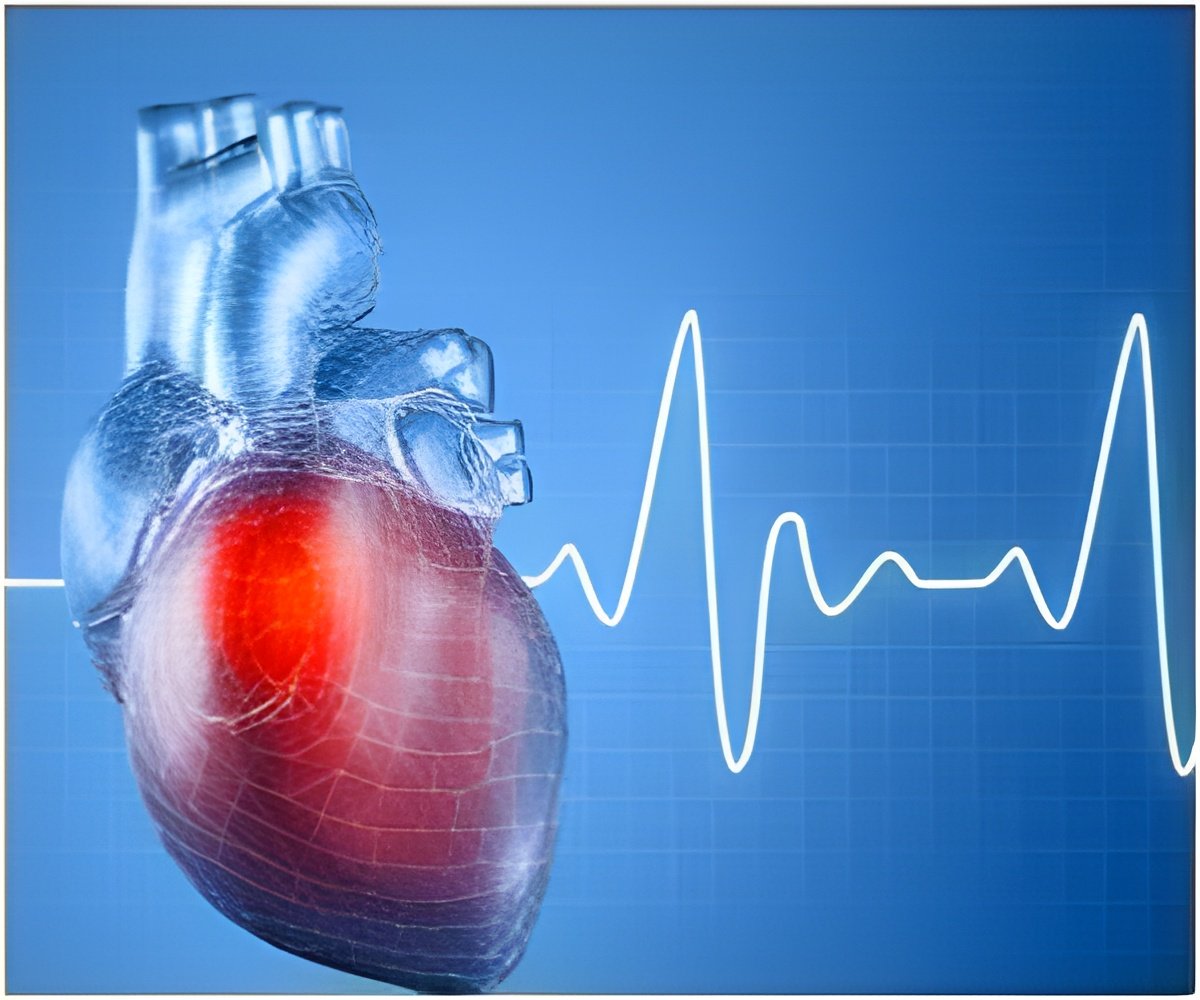People with atrial fibrillation (A-fib) who are incapable of taking blood thinners now have an alternative to lessen their risk of stroke.

The procedure, known as LAA occlusion, is performed using the FDA-approved LARIAT® Suture Delivery Device. Doctors access the LAA by inserting a catheter, or thin tube, under the rib cage into the sac around the heart through which the suture to tie off the LAA is delivered. Another catheter is advanced through a blood vessel in the groin up into the heart, and positioned inside the LAA to help guide the suture over the LAA. The outpatient procedure eliminates the number one source of heart related stroke, while avoiding the potentially serious side effects associated with blood thinners.
"We are happy to be able to give our patients another option. Non-surgical procedures mean less discomfort and a shorter recovery time," said Albert Lin, MD, associate medical director of Cardiac Electrophysiology at the Bluhm Cardiovascular Institute. "Drug therapies have historically been the first line of defense for patients with A-fib, but they are not tolerated by all patients and can pose serious side effects for some. Now, we have the ability to safely and permanently close the LAA without the need for major surgery and potentially protect against the risk of stroke."
A-fib is a condition where a rapid and irregular heart beat can cause serious complications, including stroke, heart failure and early death. Some people with A-fib have no symptoms and are unaware of their condition until it's discovered during a physical examination. Those who do have A-fib symptoms may experience palpitations or sensations of a racing, irregular heartbeat, shortness of breath, chest pain or lightheadedness.A-fib related deaths have increased over the past two decades and now account for one-quarter of all strokes in the elderly.
"There has recently been a renaissance in the treatment of atrial fibrillation. This latest technological advance represents yet another novel approach to treat atrial fibrillation," said Clyde Yancy, MD, chief of the Division of Cardiology and associate director of the Bluhm Cardiovascular Institute.
"This is a great option for patients with A-fib who are at high risk for stroke but cannot safely take blood thinners," said Knight. "The procedure is non-invasive and the recovery time is short, so patients are able to return to their daily activities quickly."
Advertisement















